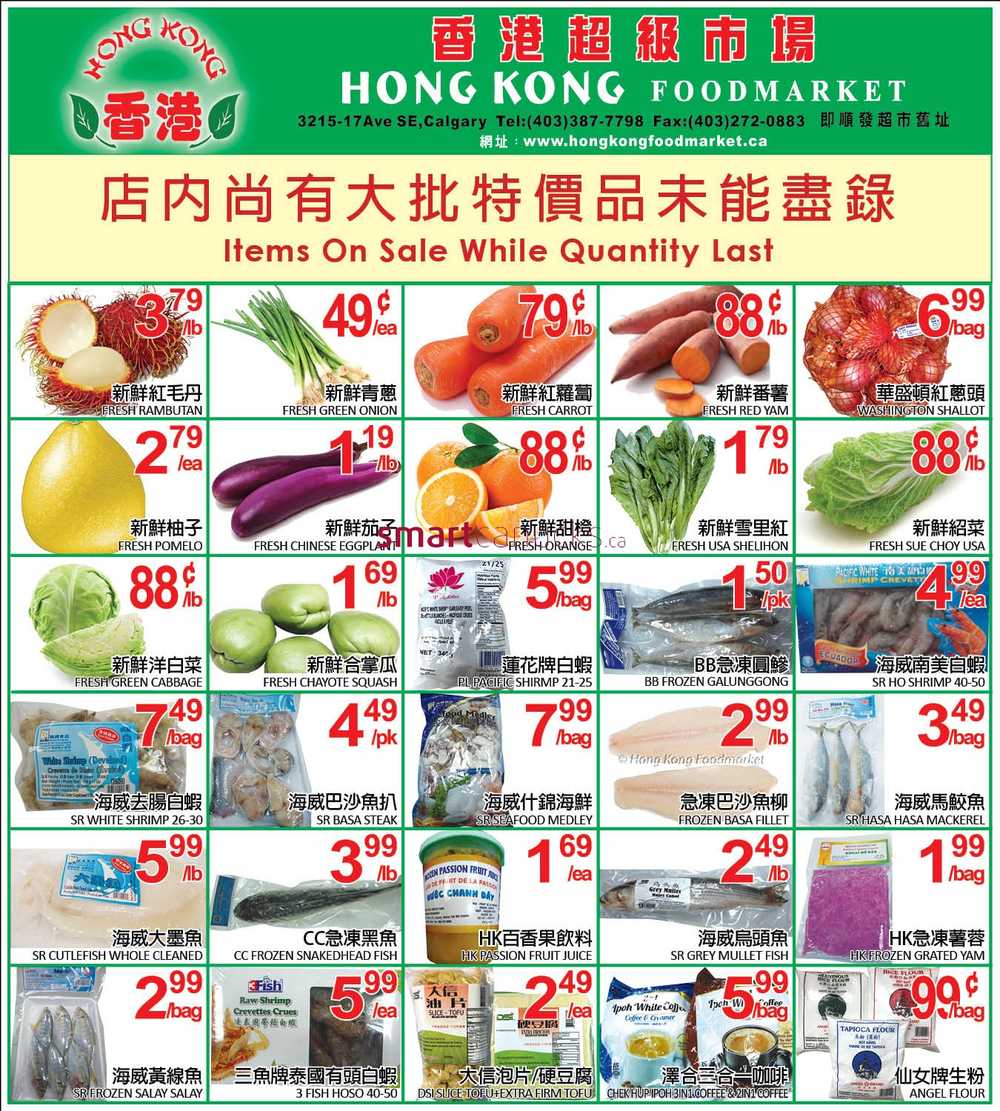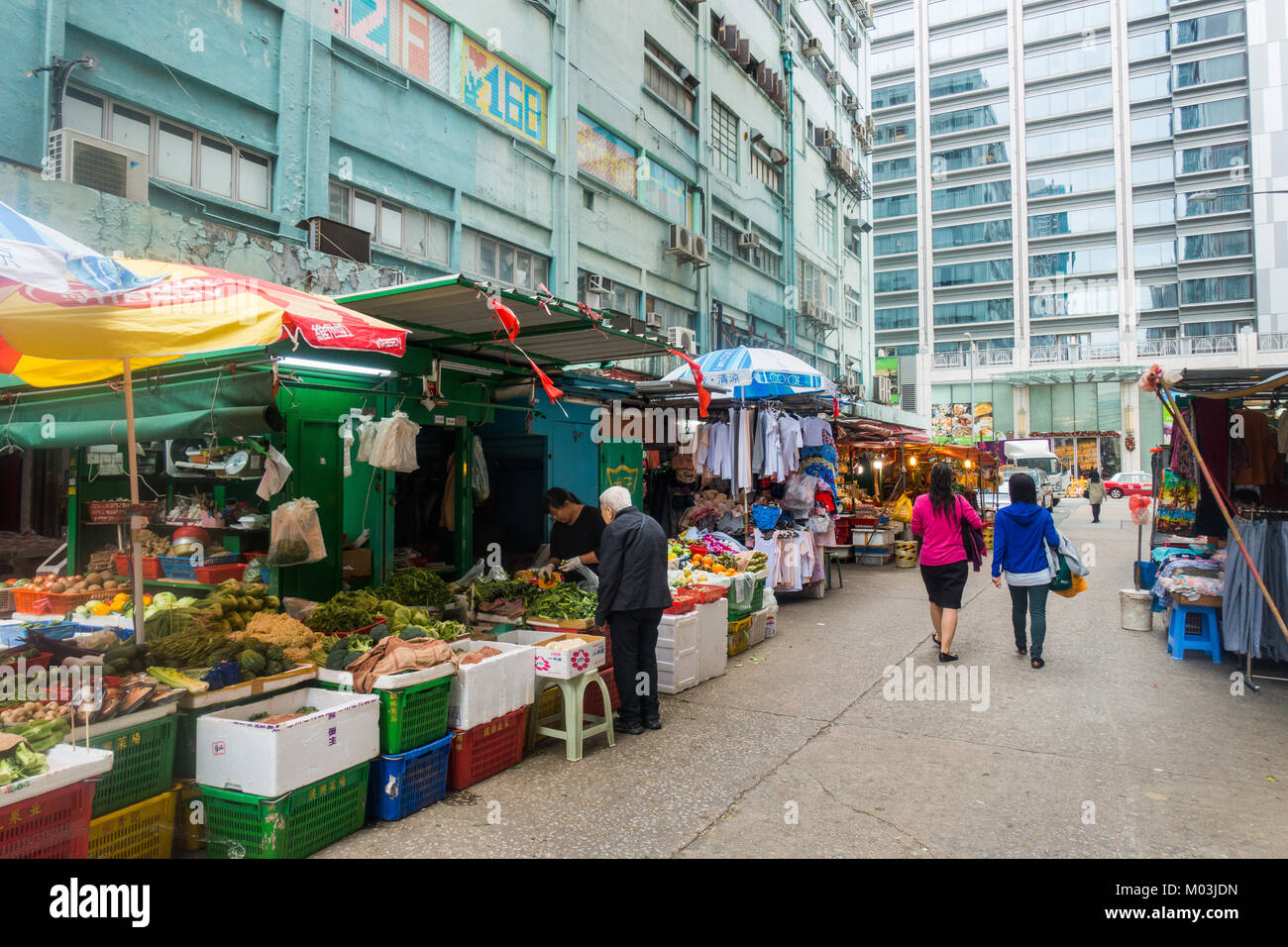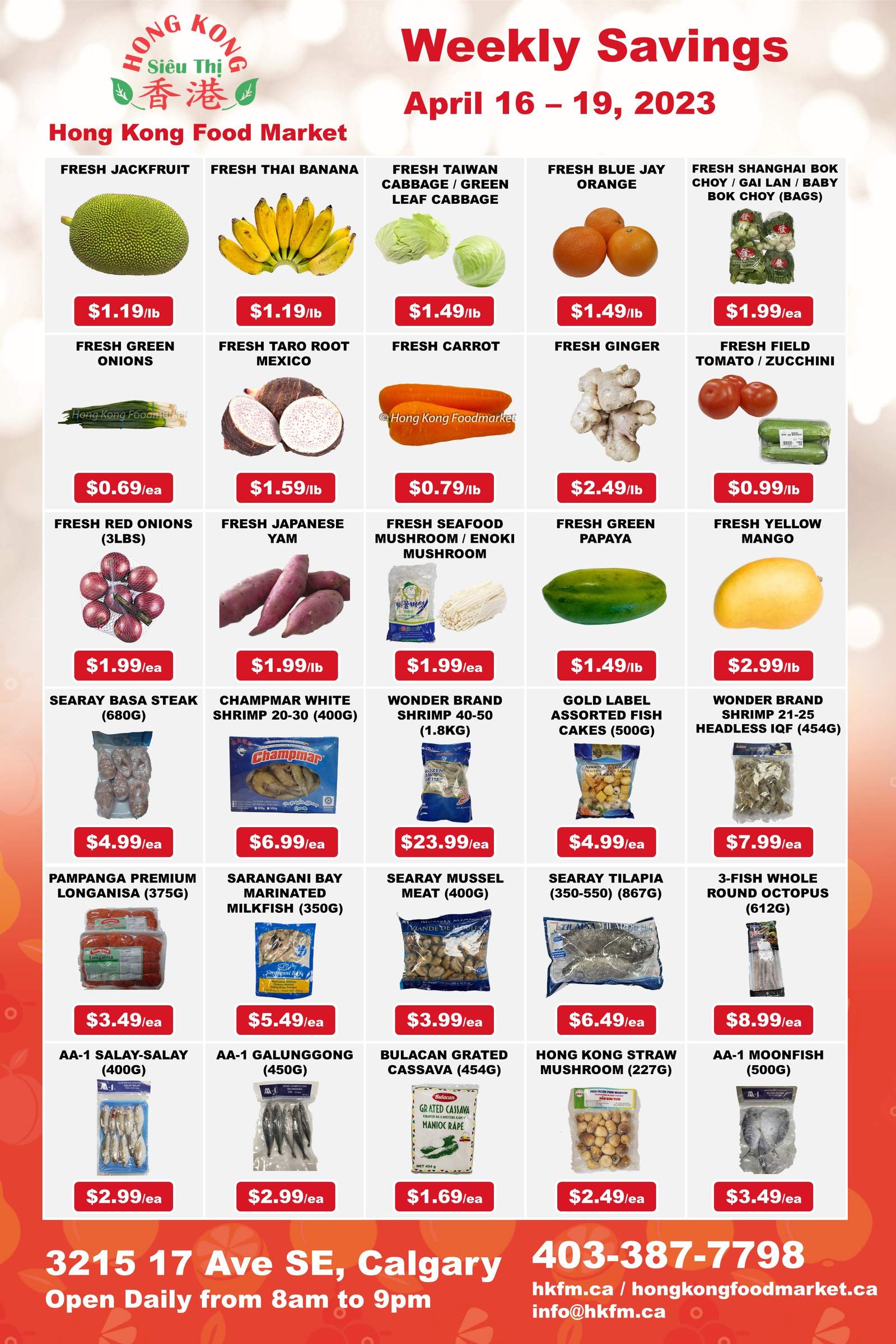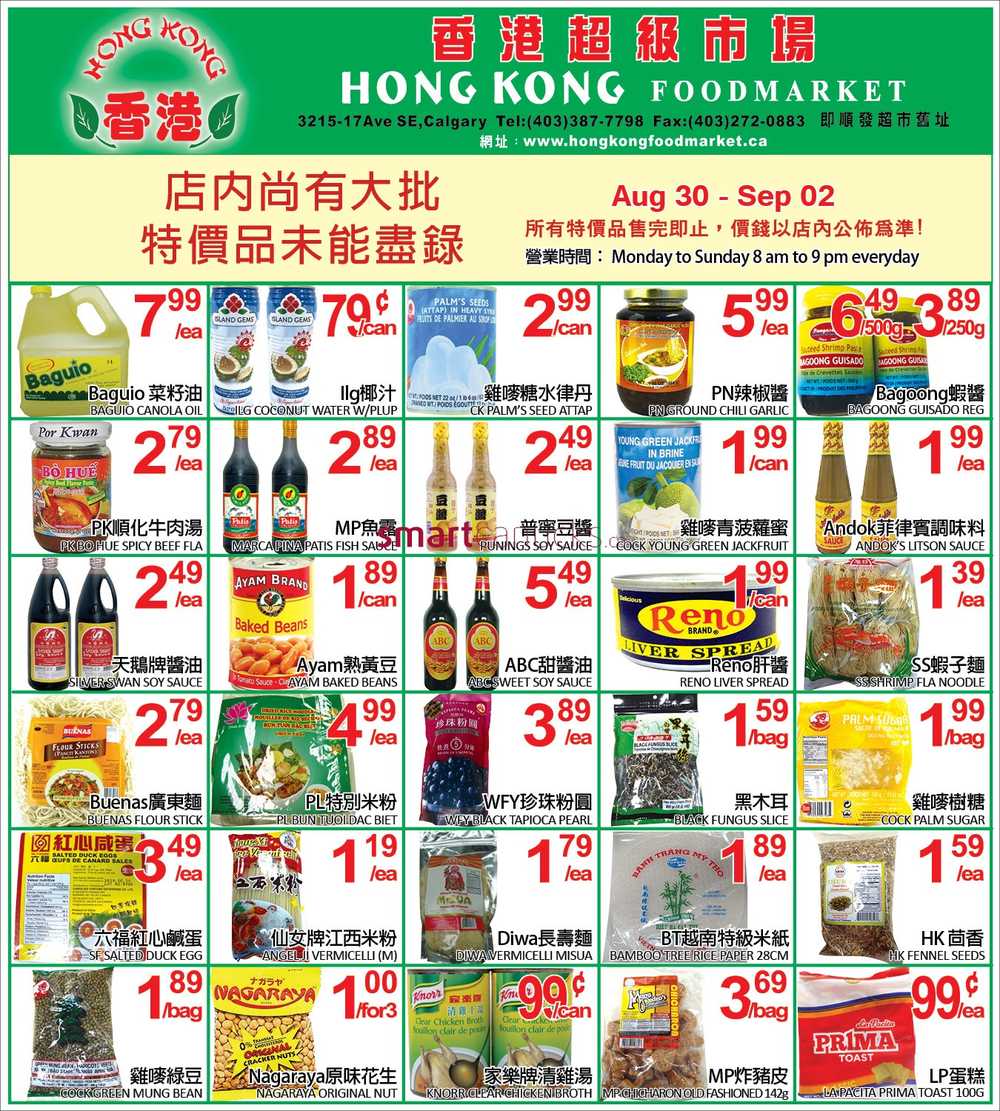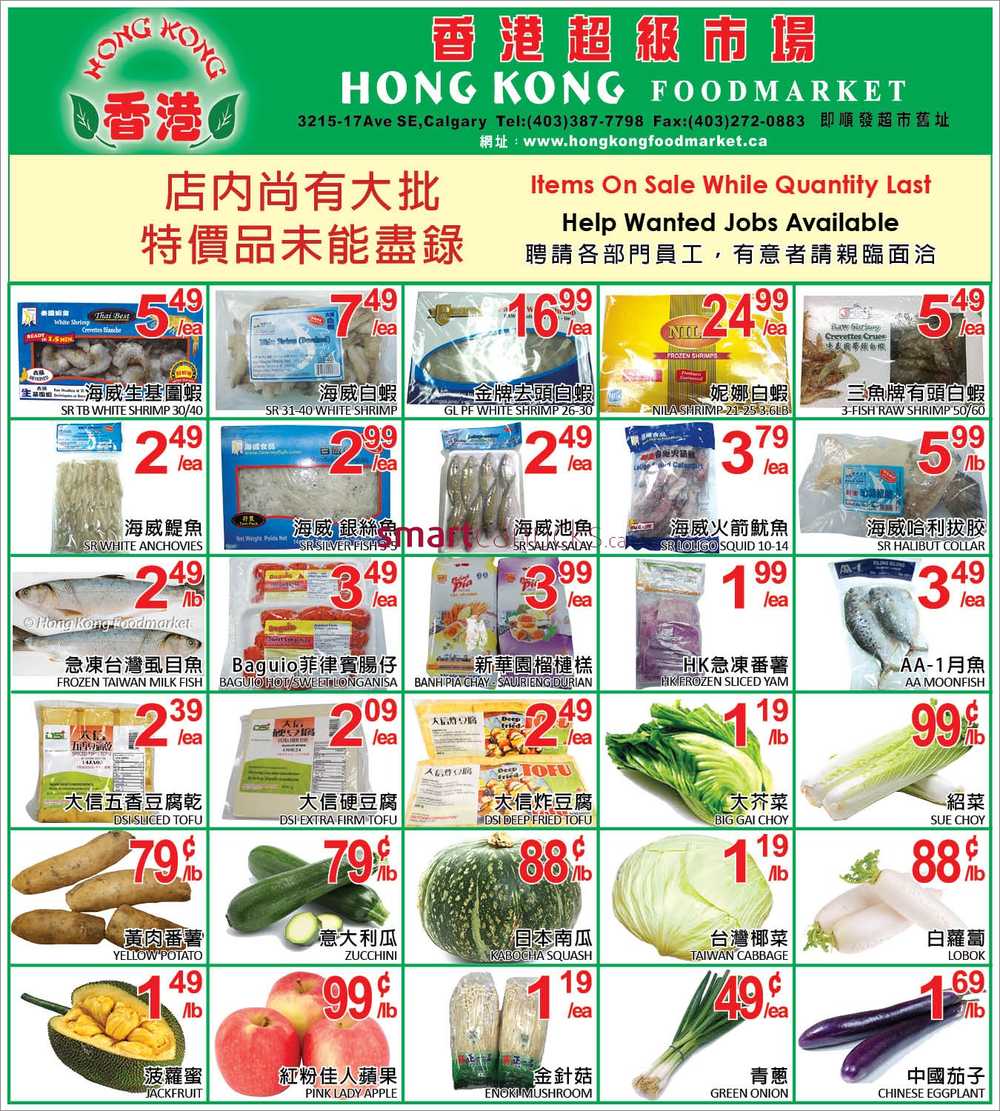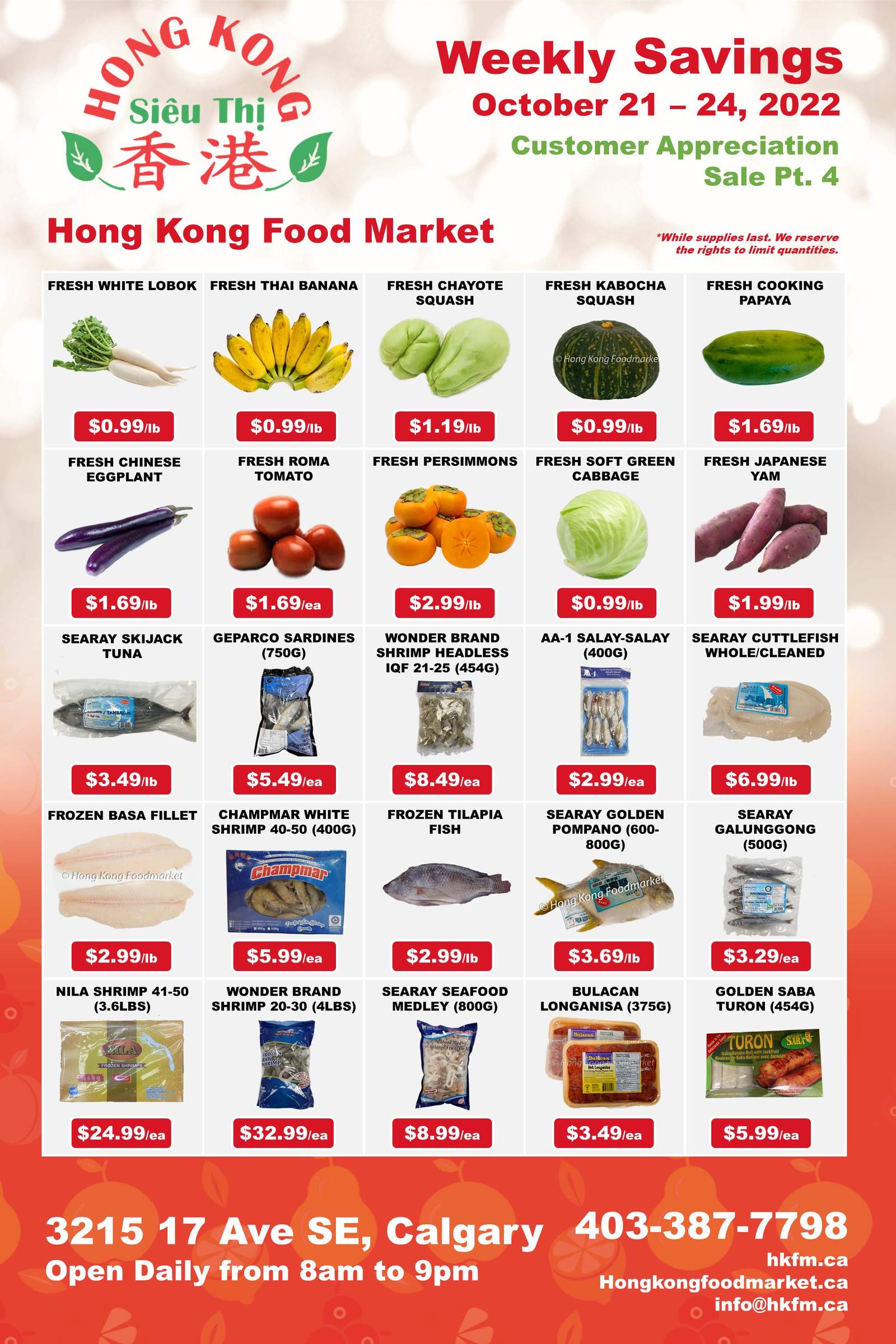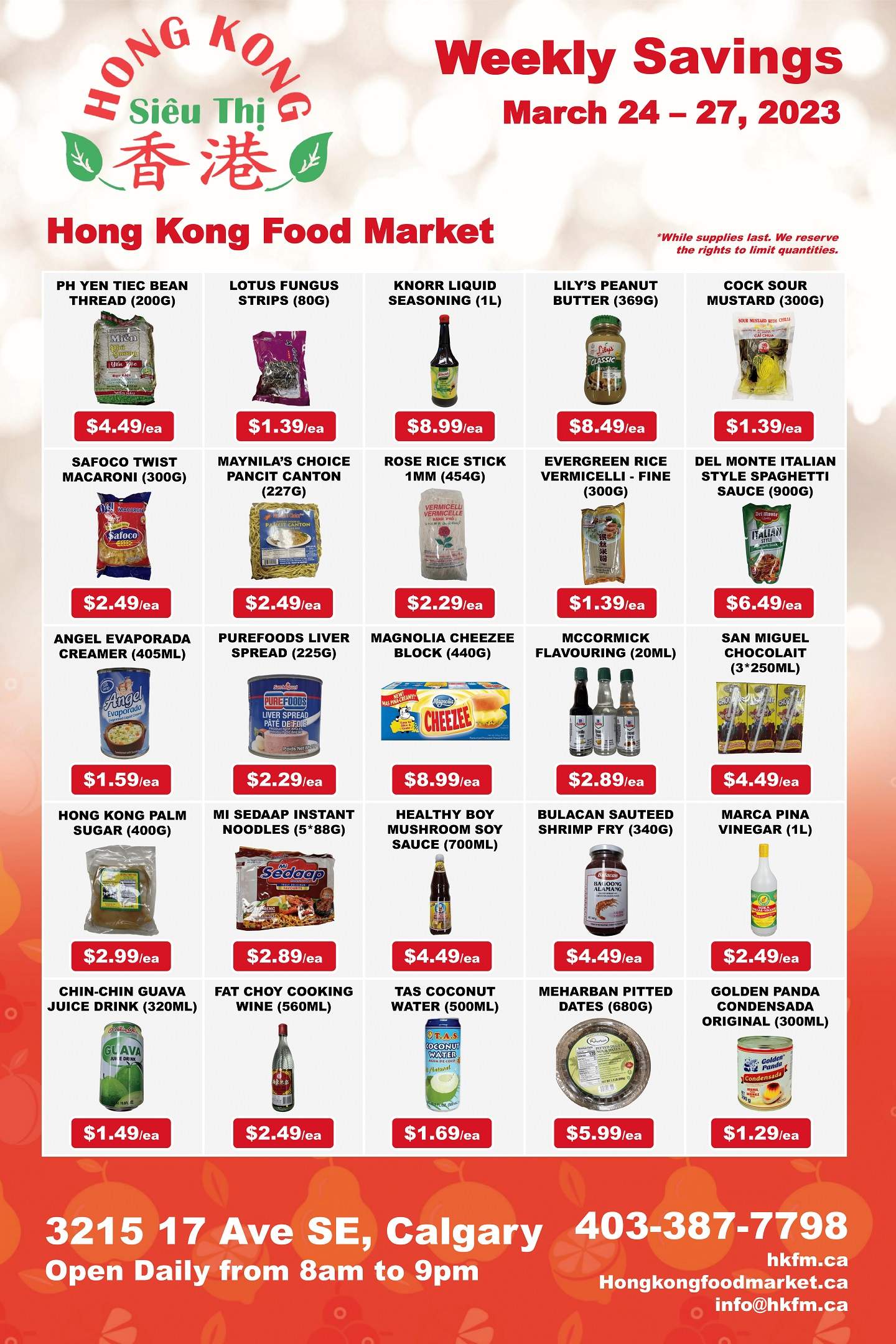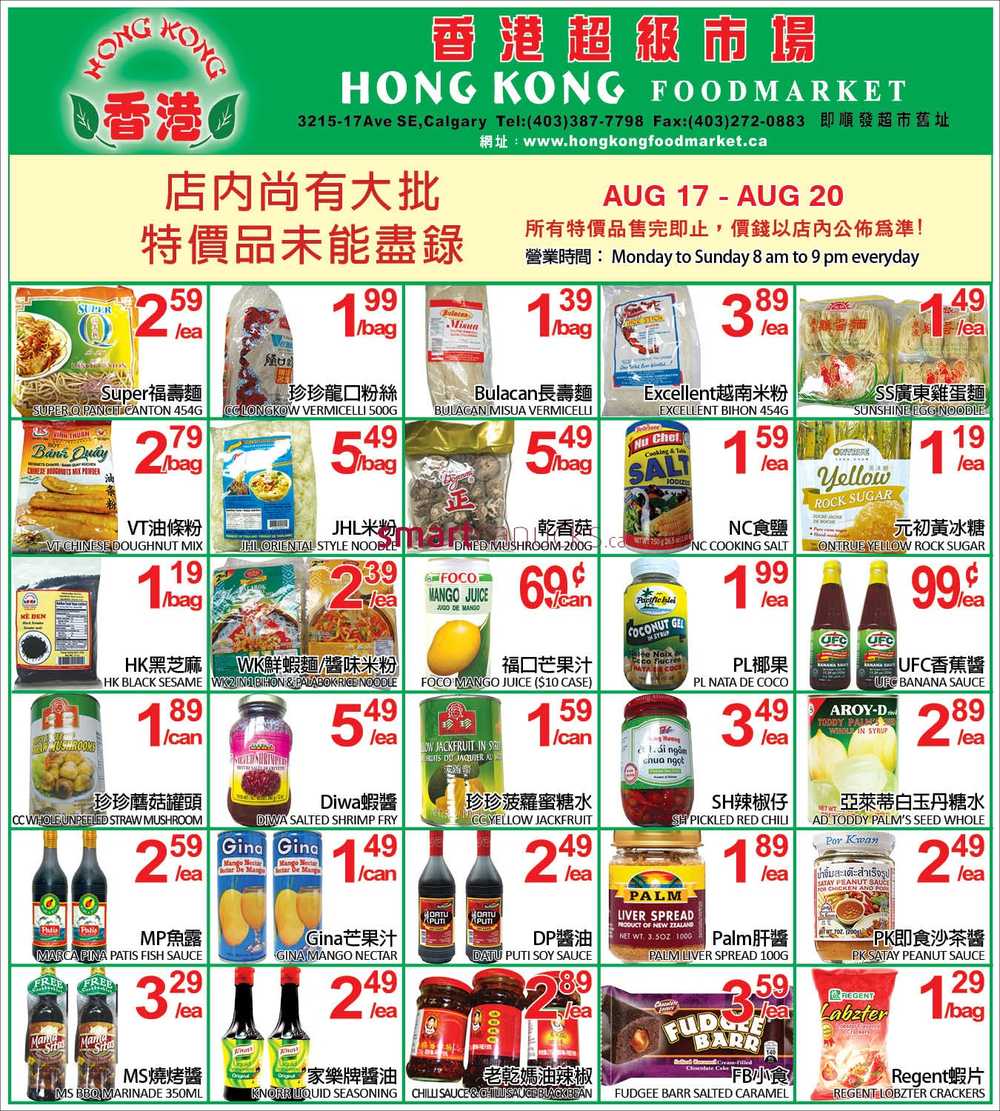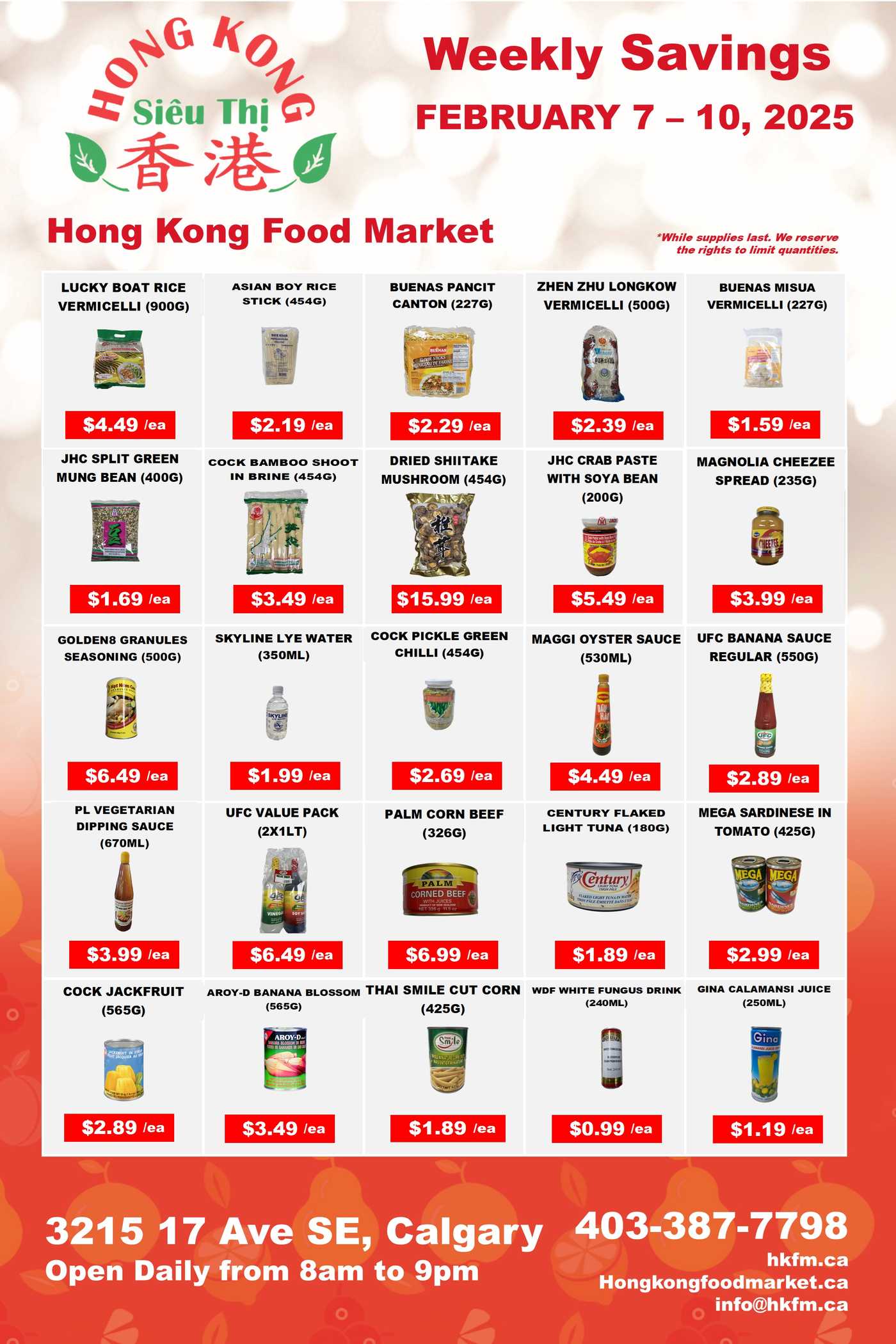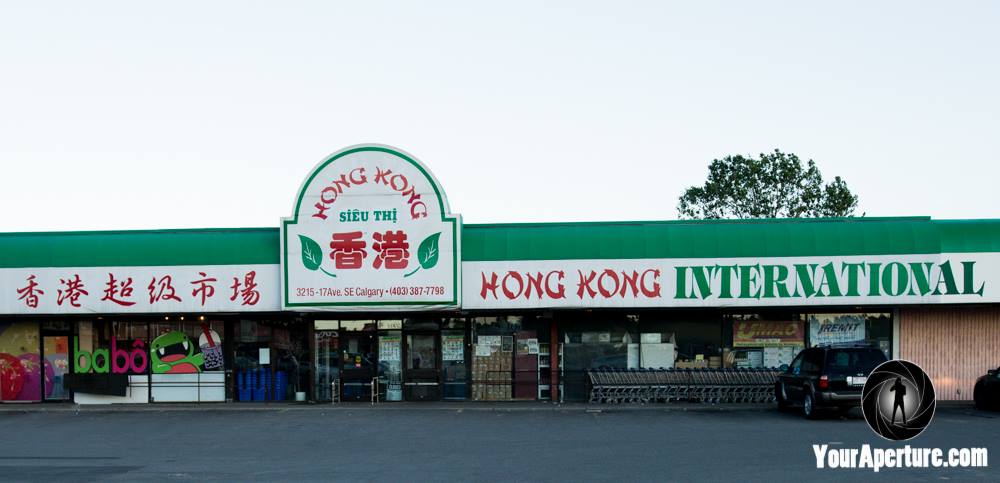Products Offered By Hong Kong Food Market

Hong Kong's food markets, vibrant hubs of daily life, are facing increasing scrutiny amid shifting consumer preferences and growing concerns over food safety and sustainability. Once the undisputed domain for fresh produce and traditional culinary ingredients, these markets now grapple with competition from modern supermarkets and online retailers. Understanding the diverse array of products offered in these markets is crucial to appreciating their enduring role and challenges within Hong Kong's dynamic food landscape.
This article delves into the rich tapestry of products found within Hong Kong's food markets, examining the types of goods available, their origins, and the evolving factors that influence their supply and demand. It will explore the traditional offerings, the increasing presence of imported goods, the challenges faced by local producers, and the implications of these trends for the future of these vital community spaces.
Fresh Produce: A Cornerstone of Hong Kong Food Markets
At the heart of every Hong Kong food market lies a diverse selection of fresh produce. From leafy greens and root vegetables to seasonal fruits, these markets provide a crucial source of essential ingredients for local cuisine. The availability of these products is often dictated by seasonality, reflecting the rhythms of agriculture both within Hong Kong and across its neighboring regions.
Local farms, though limited in number due to Hong Kong's urban density, play a vital role in supplying certain types of produce. However, the majority of fresh fruits and vegetables are imported from mainland China and Southeast Asia.
Challenges to Local Production
The challenges faced by local farmers are significant, impacting the availability and affordability of locally grown produce. High land costs, labor shortages, and competition from cheaper imports create a difficult environment for agricultural businesses to thrive.
Despite these challenges, there is a growing movement to support local agriculture through initiatives such as farmers' markets and direct-to-consumer sales. This focus on supporting local farming is a crucial component of enhancing the sustainability and resilience of Hong Kong's food system.
Seafood: A Bounty from the Sea
Hong Kong's coastal location ensures that seafood plays a prominent role in its culinary traditions and food markets. Live fish, shellfish, and other marine delicacies are commonly found, often displayed in tanks to showcase their freshness.
The sourcing of seafood is a complex issue, with products originating from local waters, regional fisheries, and international suppliers. Sustainable fishing practices and responsible sourcing are increasingly important considerations for consumers and vendors alike.
"The demand for fresh seafood remains strong, but consumers are becoming more aware of the environmental impact of their choices," says Dr. Emily Wong, a marine biologist at the University of Hong Kong. "Promoting sustainable fishing practices is essential to ensure the long-term health of our oceans and the availability of seafood for future generations."
Meat and Poultry: Essential Protein Sources
Meat and poultry are staple food items sold in Hong Kong food markets. Fresh cuts of pork, beef, and chicken are widely available, catering to a variety of culinary preferences.
Imported meats from countries like Brazil, Australia, and the United States often complement locally sourced options, providing a wider range of choices and price points for consumers. Ensuring food safety and quality control remains a top priority in the meat and poultry sector.
Dry Goods and Preserved Foods: Staples and Culinary Ingredients
Beyond fresh produce, seafood, and meat, Hong Kong food markets also offer a vast array of dry goods and preserved foods. These include rice, noodles, dried mushrooms, preserved meats, and a wide variety of sauces and condiments.
These products are essential for preparing many traditional Hong Kong dishes and represent a significant portion of the overall offerings. The sourcing of these goods often reflects Hong Kong's historical trading links with mainland China and Southeast Asia.
The Rise of Specialty and Imported Foods
In recent years, there has been a noticeable increase in the availability of specialty and imported foods within Hong Kong's food markets. This reflects the growing affluence of the city and the increasing demand for diverse culinary experiences.
Products such as artisanal cheeses, imported wines, and gourmet ingredients are becoming more common, catering to a niche market of discerning consumers. This trend highlights the evolving nature of Hong Kong's food culture and the increasing integration of global culinary influences.
Challenges and the Future of Hong Kong Food Markets
Hong Kong's food markets face numerous challenges, including competition from modern supermarkets, rising rents, and aging infrastructure. Maintaining their relevance in the face of these challenges requires innovation and adaptation.
Efforts to modernize the markets, improve hygiene standards, and promote sustainable practices are crucial for ensuring their long-term viability. The preservation of these cultural landmarks is essential for maintaining the unique character of Hong Kong's food landscape.
Looking ahead, the future of Hong Kong food markets will likely depend on their ability to adapt to changing consumer preferences, embrace technological advancements, and promote sustainable practices. By embracing innovation and maintaining their unique appeal, these markets can continue to play a vital role in Hong Kong's food culture for generations to come.
